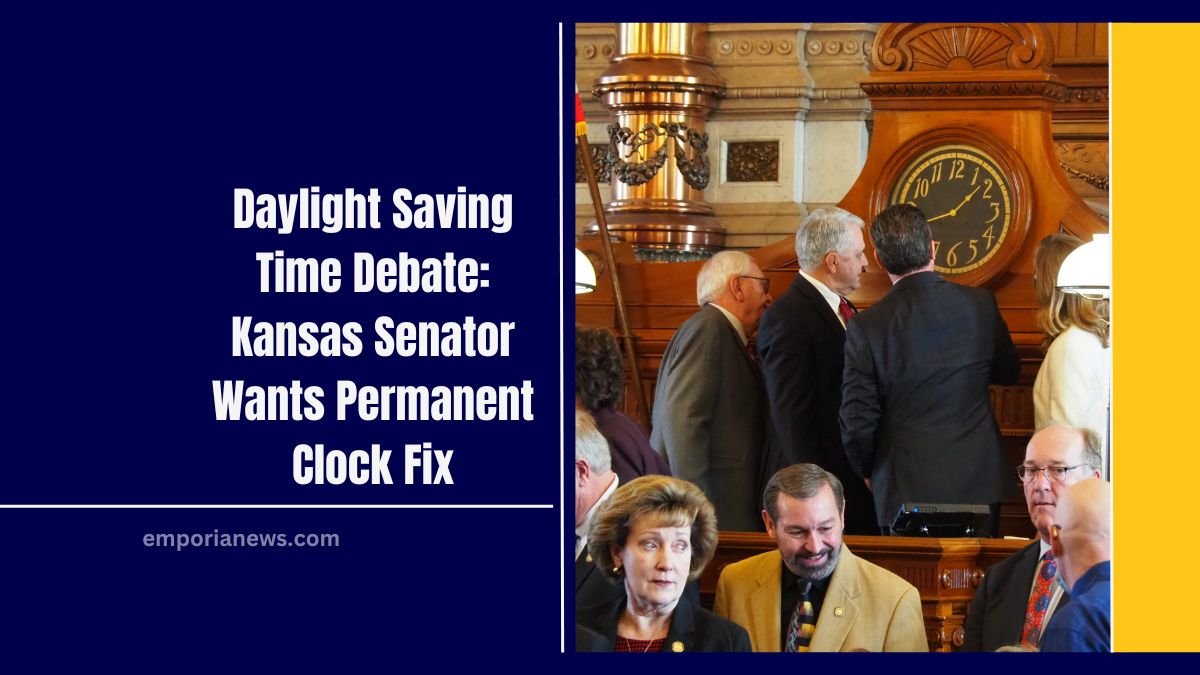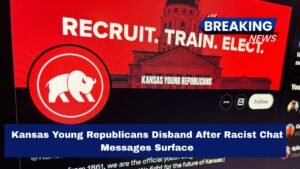The biannual ritual of adjusting clocks for daylight saving time (DST) has long sparked debates across the United States. In 2025, Kansas Senator Kenny Titus introduced a bill to permanently eliminate the practice within the state.
This proposal mirrors a similar initiative from President-elect Donald Trump, who advocates for ending daylight saving time nationwide.
This bold move stems from widespread public dissatisfaction and growing evidence highlighting the adverse effects of clock changes on public health and safety.
The History of Daylight Saving Time
Daylight saving time was first implemented during World War I as a strategy to conserve energy by extending daylight hours for businesses and reducing the need for artificial lighting.
The concept resurfaced during World War II and later became a federally mandated practice in the United States in 1966 under the Uniform Time Act.
Notably, states like Arizona, Hawaii, and U.S. territories like Puerto Rico do not observe DST. Over the years, various attempts have been made to abandon the practice altogether, most famously in 1974 during the oil embargo, when the U.S. experimented with permanent daylight saving time. Public backlash led to its repeal within a year.
Why End Daylight Saving Time?
Senator Titus emphasizes the health and safety benefits of moving to permanent standard time:
- Circadian Rhythm Disruption: Studies from the Journal of Clinical Sleep Medicine reveal that changing clocks twice a year disrupts circadian rhythms, leading to increased risks of heart attacks, strokes, and mental health issues.
- Road Safety: The shift to daylight saving time has been associated with a temporary spike in vehicle accidents due to sleep deprivation.
- Educational Outcomes: Consistent standard time can improve students’ alertness and academic performance.
- Mental Health: Reducing sleep disturbances by maintaining a fixed time can positively impact mental well-being.
While proponents of DST argue it fosters economic activity by extending daylight into the evening, Titus believes public health outweighs these benefits.
What the Kansas Proposal Entails
The Kansas bill would exempt the state from observing daylight saving time, ensuring a consistent time year-round.
However, the legislation also includes provisions to adapt if the U.S. Congress mandates a nationwide move to permanent daylight saving time.
For Kansans, particularly the 900,000 residents in the Kansas City metropolitan area, this change could present unique challenges.
Differences in time zones between Kansas and neighboring states like Missouri might affect cross-border activities. Senator Titus suggests localized adjustments, such as altering business hours, could resolve these issues.
Comparison of Time Practices
| Aspect | Daylight Saving Time | Permanent Standard Time |
|---|---|---|
| Health Impact | Disrupts circadian rhythms | Aligns with natural biological rhythms |
| Economic Activity | Boosts evening economic activity | Favors morning productivity |
| Public Safety | Linked to increased vehicle accidents | Reduces risks from disrupted sleep patterns |
| Adoption | Widely observed in the U.S. | Preferred by states like Arizona and Hawaii |
Addressing Potential Confusion
One potential challenge is the time discrepancies for residents living near state borders. Titus acknowledges that managing time differences for schools, businesses, and public services will require careful planning.
However, he points to successful examples, such as Indiana’s split time zones, as proof that such transitions are feasible.
Kansas’ proposal to eliminate daylight saving time highlights the growing momentum for states to prioritize health, safety, and practicality over tradition.
While the debate over DST’s economic and lifestyle impacts continues, the push for consistent timekeeping aligns with modern needs and scientific understanding.
As discussions progress, Kansans and others across the nation await the potential ripple effects of these changes, hoping for a simpler, healthier approach to timekeeping.
FAQs
Why is Kansas considering eliminating daylight saving time?
The proposal aims to improve public health, safety, and educational outcomes by eliminating the negative effects of clock changes.
How will this affect Kansas residents near state borders?
Adjustments may be required for businesses and schools near neighboring states, but these challenges are manageable with localized solutions.
Will the U.S. adopt a nationwide policy on daylight saving time?
While Kansas is taking the lead, nationwide discussions on permanent daylight saving or standard time continue, with some proposals gaining momentum.




